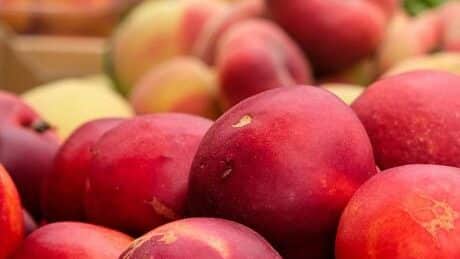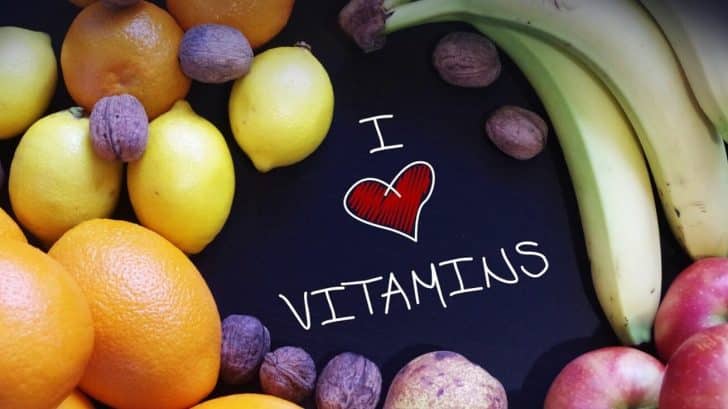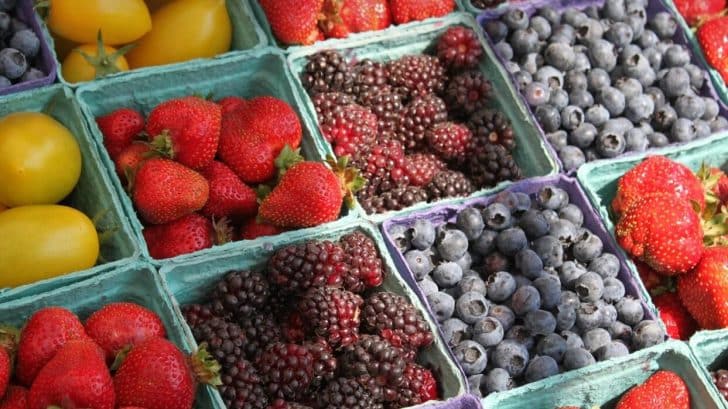The small numbers on fruit stickers often go unnoticed. But they reveal surprisingly useful details. Here’s what they signify:
The Meaning Behind the Numbers on Fruit Stickers

5-Digit Code Starting with 9
If a fruit sticker displays a 5-digit code beginning with the number 9, it means the produce has been organically grown.
Organic farming uses natural fertilizers. Such as compost and avoids synthetic pesticides.
Offering an environmentally friendly alternative to conventional methods.

5-Digit Code Starting with 8
Stickers with 5-digit codes starting with 8 indicate genetically modified (GMO) produce. GMO foods are created by altering the DNA of plants to enhance qualities such as pest resistance or shelf life. However, they remain controversial due to ongoing debates about potential health risks, allergies, and environmental concerns. GMO-labeled produce is less common, as only a few genetically modified fruits and vegetables are widely sold.

4-Digit Codes Starting with 3 or 4
A 4-digit code beginning with 3 or 4 means the produce was conventionally grown. Conventional farming relies on synthetic fertilizers and pesticides to maximize yield, making it the most common method of farming.
Understanding Organic vs. Conventional Farming
The primary distinction between organic and conventional farming lies in how crops are fertilized and treated. Organic farming uses natural substances like compost and biological methods for weed control, while conventional farming employs synthetic fertilizers and pesticides.
Despite the differences, research has found no significant nutritional disparity between organic and conventionally grown produce. According to Dr. Tamika D. Sims, senior director of food technology communications in Atlanta, both organic and conventional fertilizers are federally regulated to ensure safety. Dr. Sims emphasizes that maintaining a balanced diet with a variety of foods is more important than focusing solely on organic labels.

How Fruit Sticker Numbers Work
The numbers on fruit stickers aren’t just for pricing at the register; they also indicate the produce’s growth method, origin, and type. Here’s a breakdown:
•4-Digit Codes: Indicate conventionally grown produce.
•5-Digit Codes: Provide additional information, such as whether the food is organic (starting with 9) or genetically modified (starting with 8).
•More Than 5 Digits: These numbers are outside the internationally standardized system and may vary depending on the supplier.

The Internationally Standardized PLU System
(IFPS) introduced the (PLU) code system in the 1990s. This system was designed to improve supply chain efficiency.
Also to ensure consistent quality across produce sold worldwide.
The IFPS has assigned over 1,400 codes, although participation in this system is optional.

Why It Matters
Understanding the numbers on fruit stickers can help you make more informed choices.
Additionally, using PLU codes can save time at self-checkout kiosks.
By eliminating the need to search for produce by name.
Fruit stickers provide valuable insight into the journey of produce from farm to table.
These tiny labels pack a wealth of information into a small space.
